A couple of weeks ago, one of our friends on Twitter suggested that Anubha and I write a post on sealift basics. Unfortunately, neither of us felt qualified to do so because neither of us had done a sealift before. Luckily for us, long-time Nunavut resident and blogger extraordinaire, Craig Welsh, came to our rescue and wrote an entertaining and informative post on How to Sealift to Iqaluit.
I could technically pursue a sealift order this summer, as I meet both of Craig’s readiness criteria: 1) I have lived in Iqaluit for almost two years, and 2) I am a supernatural being (that’s a euphemism for neurotically organized).
However, I have chosen against it.
Why would a self-professed penny-pincher and supply-hoarder avoid sealift? A few reasons:
- My southern home is not within the greater Ottawa/Montreal area, and I can’t justify making a side-trip to do my shopping;
- I have a difficult enough time delegating small tasks, let alone hiring a company (however reputable) to purchase my year’s supply of everything;
- I don’t need any big ticket items (e.g. vehicle, furniture), so I am not convinced that buying only household basics would make the shipping costs worthwhile; and
- I have my own methods of madness…
It’s no secret that everything up north is expensive, but my cheap frugal nature has allowed me to adapt. So for those of you pondering “to sealift, or not to sealift,” I hope that my budget-savvy suggestions help you make an informed decision.
1. Hit Up Rummage Sales
Every Saturday and Sunday there are bound to be several rummage sales in Iqaluit. If I muster up the energy to brave the crowds, I end up finding some really great deals. Memorable purchases include jars of natural peanut butter (a tough find up here), a full length mirror, and Land’s End gumboots for $5 (and in a women’s size 10 – what are the chances). With different locations and different times, they’re difficult to keep track of (we probably need an app for that), but check out Iqaluit Public Service Announcements or the bulletin boards around town to take part in this favoured northern pastime. Don’t forget to bring cash.
2. Take Advantage of Sealift Surpluses
Our sealift Guru, Craig, pointed out that estimating how much you need of something can be a challenge, and acknowledged that it is a process of trial and error. I take advantage of those errors by buying peoples’ surpluses. Most of the time people will post their excess diapers, toilet paper, dish soap, olive oil, etc. on Iqaluit Sell /Swap. That’s when you pounce.
3. Profit from People Leaving Town
This sort of follows suggestions 1 and 2. Sometimes you get really lucky and a friend-of-a-friend finds out that they are relocating after they’ve already received their sealift order and you basically get to go shopping in that person’s home. True story. It happened to me last year. And while the whole process seemed completely awkward and bewildering, we quickly realized it was mutually beneficial. They recouped their costs; I stocked my pantry. Out of interest, I costed this one out. If I had bought all of these items at the grocery store, they would have cost over $400. Priced very fairly, I spent $280.
4. Pack Heavy
The generous baggage allowance in the north is absolutely unheard of anywhere else in Canada. Use it to your advantage by packing every single ounce of your two 70-pound bags full of cheap southern goods. What’s more, this summer we are allowed three – THREE – 70-pound bags per person with First Air and Canadian North. I’m still skeptical as to why this blessed occasion has happened…
When deciding what to pack, it is helpful to pay attention to which items are more worthwhile than others. For example, I focus on specialty items that are unavailable or on regular items that are more overpriced. If you’re concerned about spoilage, it’s good to know that certain hotels in Ottawa are particularly hospitable to their northern clientele, and will even refrigerate your luggage until your flight the next morning.
5. Enlist “Southern Santa Clauses”
Parents coming to visit you? Friends coming to do fieldwork? Those are opportunities. Call in that favour. During my researcher days, I did this for others (which included tracking down a Nepalese tea pot) and I’m very grateful that people now do this for me.
6. Go Shopping, Online
There are certain websites that ship for free, or for negligible amounts. For selfish reasons, I’m not going to go into any details here. There is a common fear that these websites will get smart and change their shipping policies (here’s lookin’ at you, Well.ca and Chapters.com…) Sometimes you just have to keep your cards close to your chest, but do your research and you’ll figure it out.
So now you can weigh your options to see if sealift is right for you. Good luck on your mission.



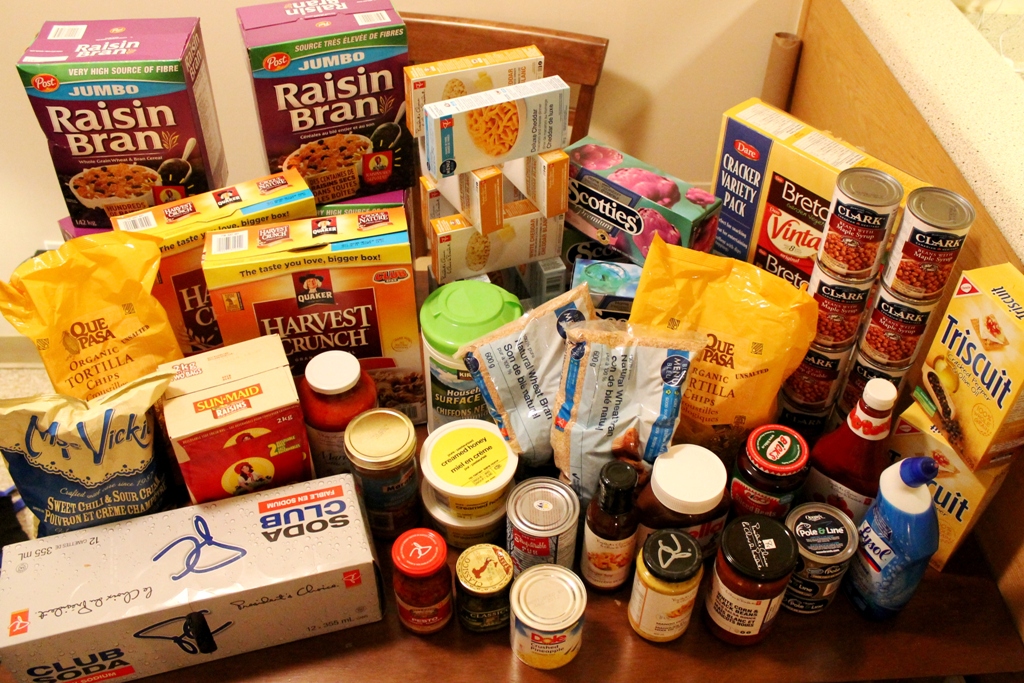
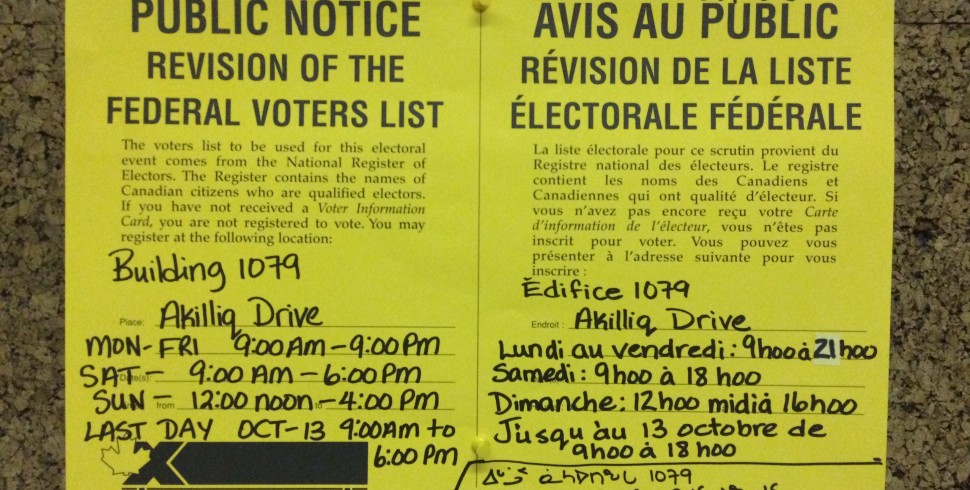
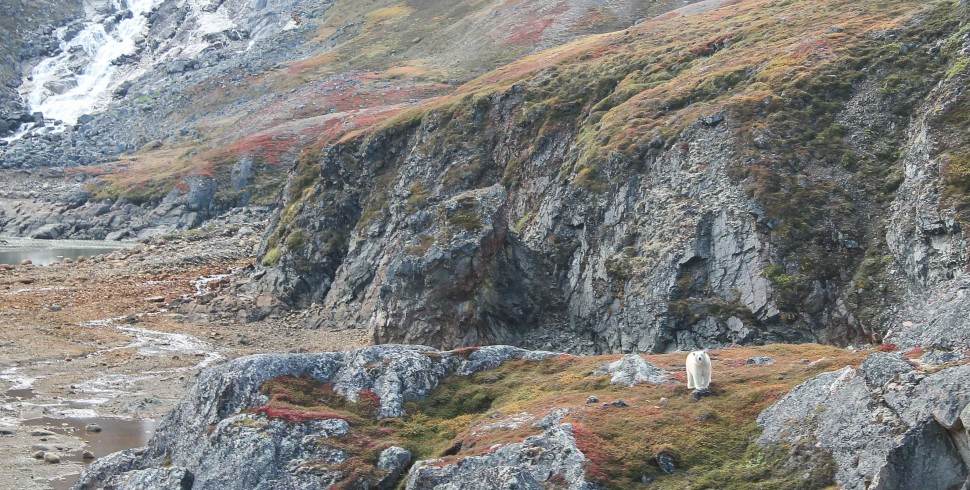





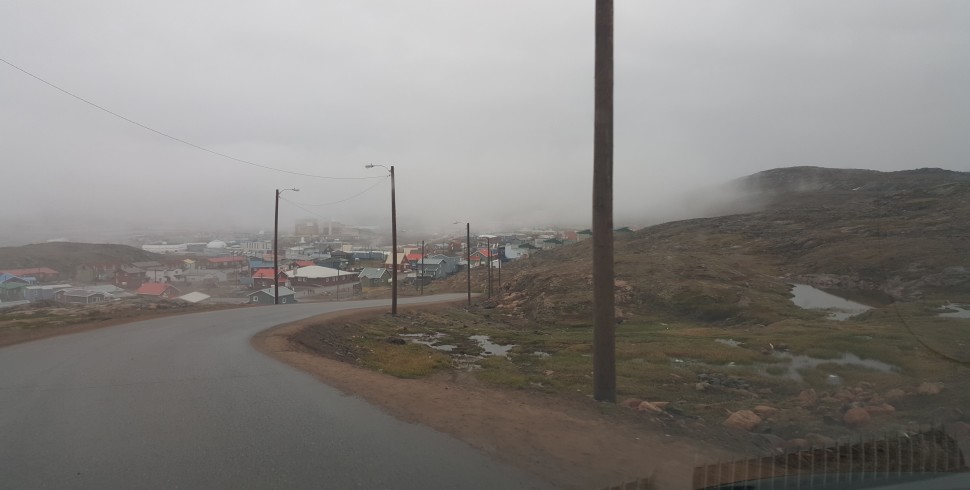

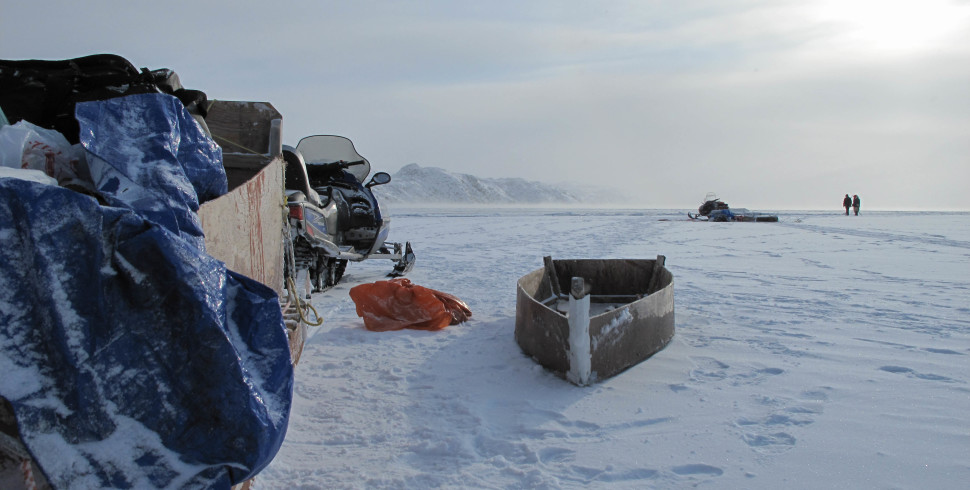

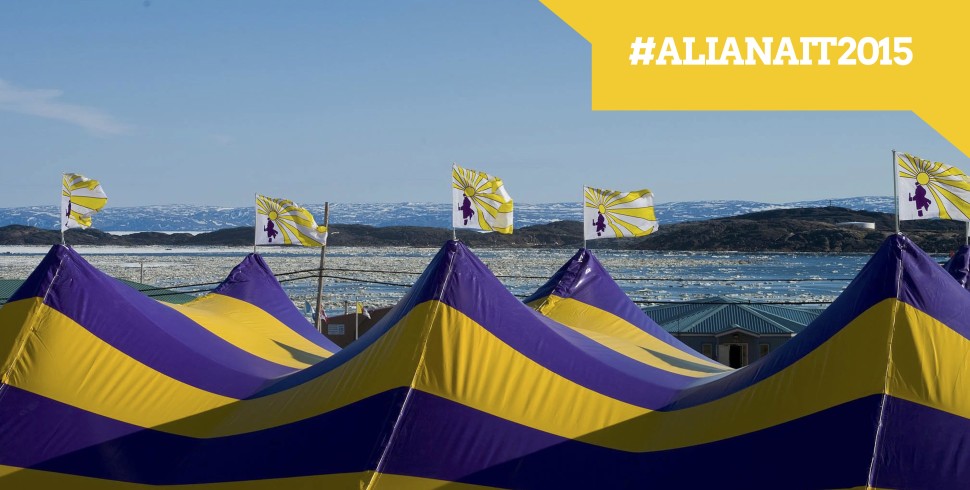
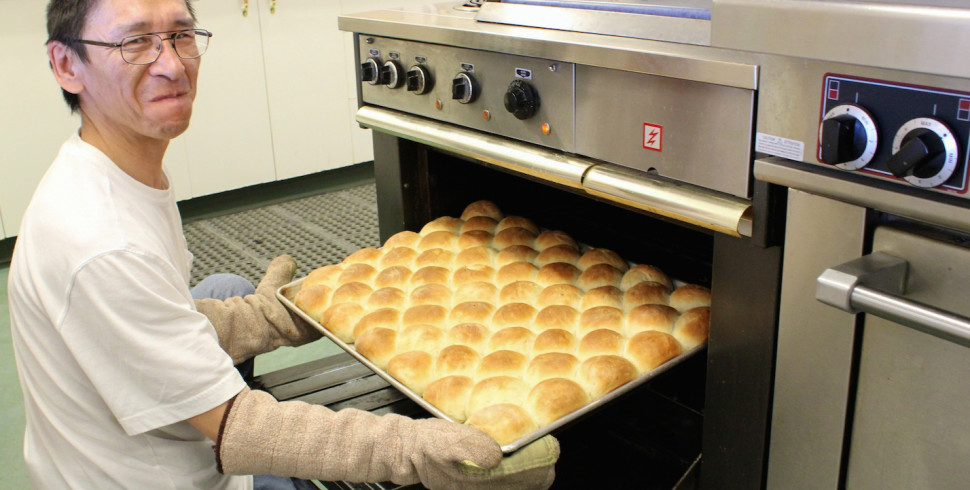
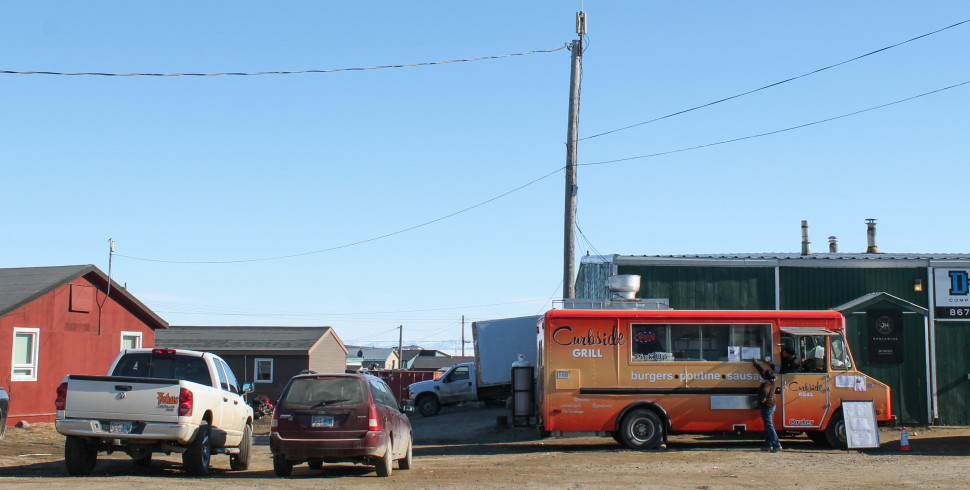
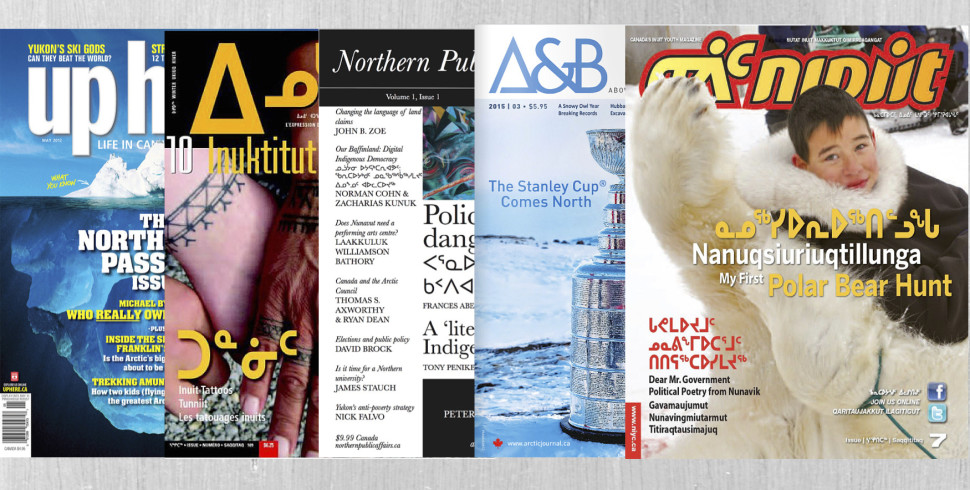

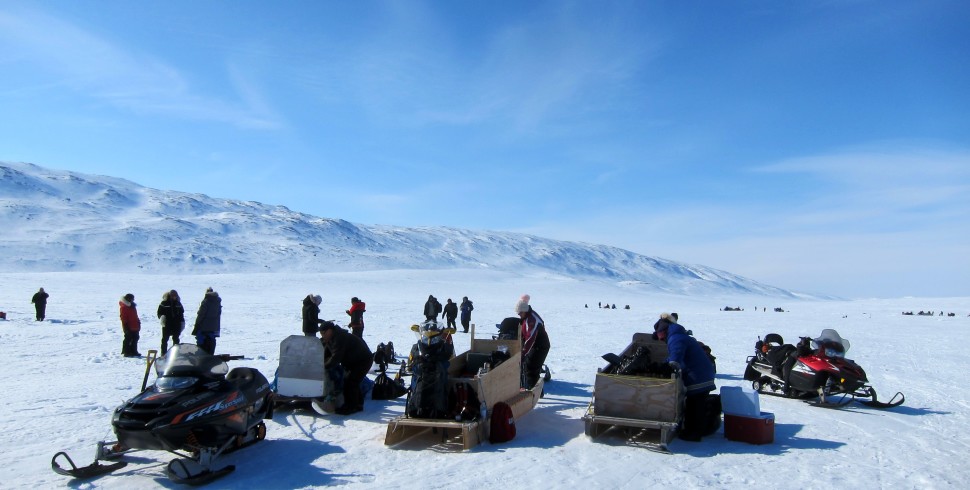






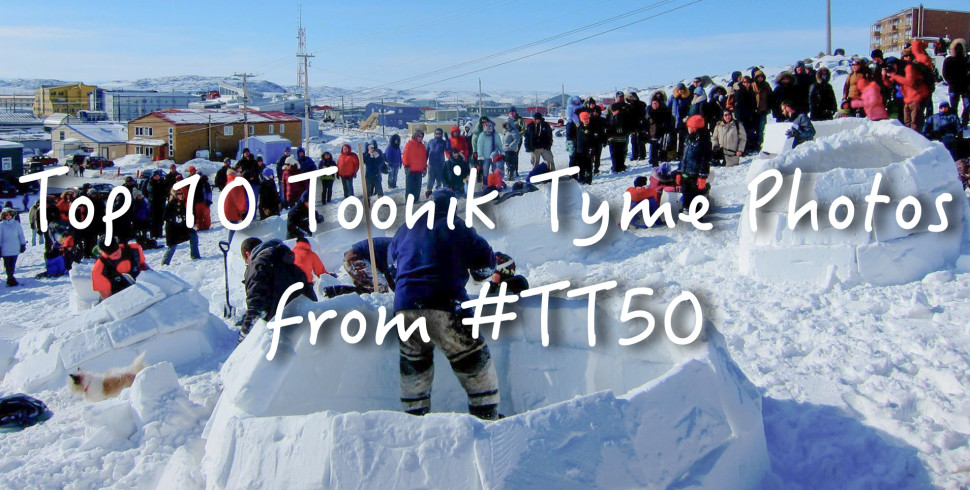
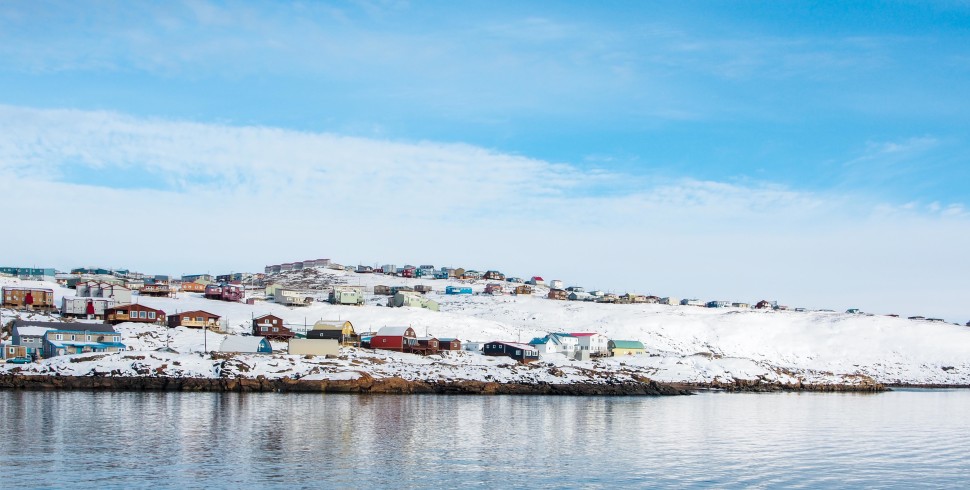







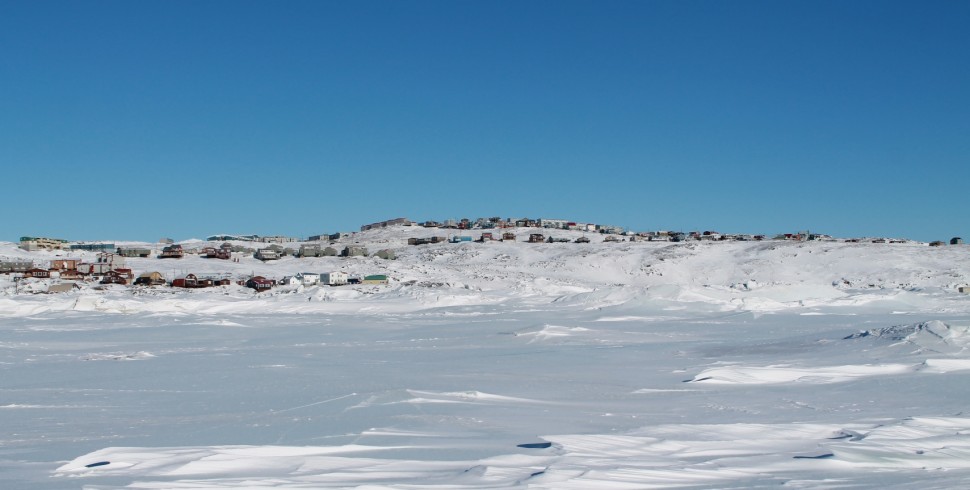
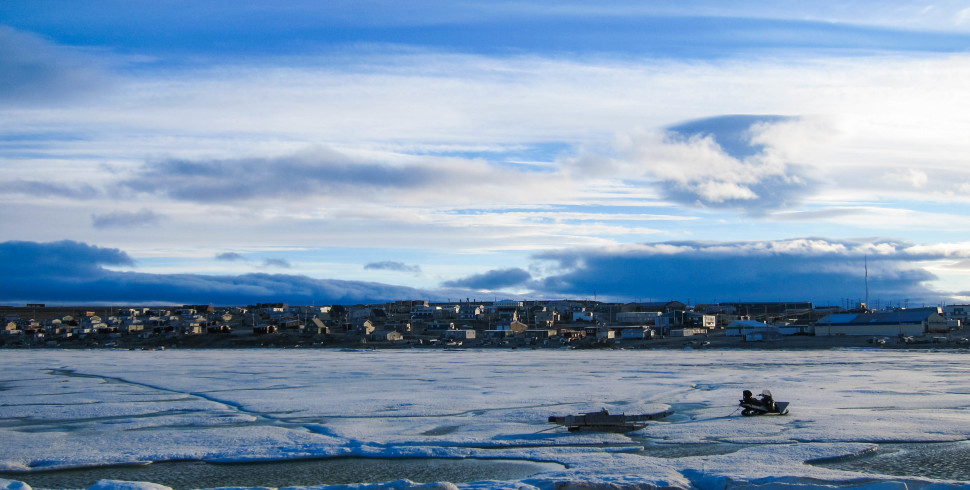






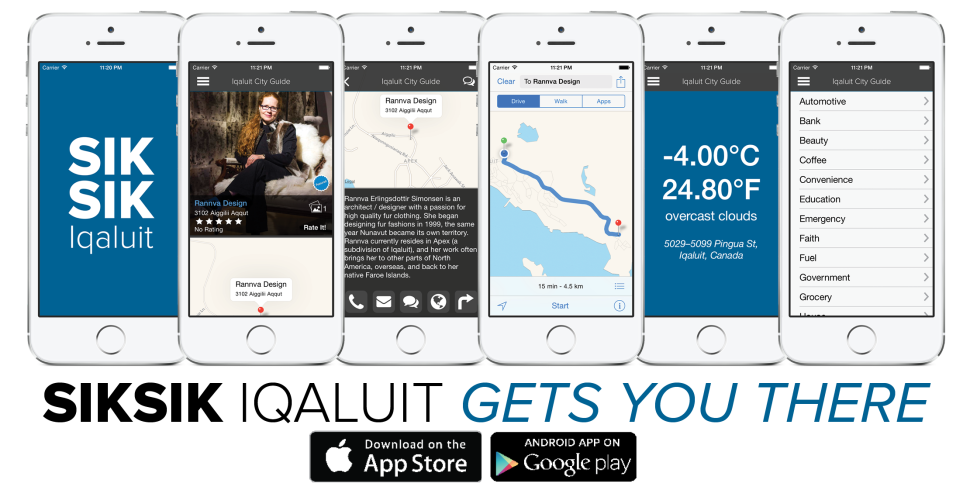



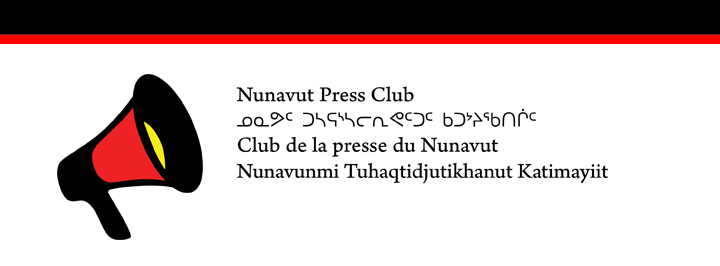











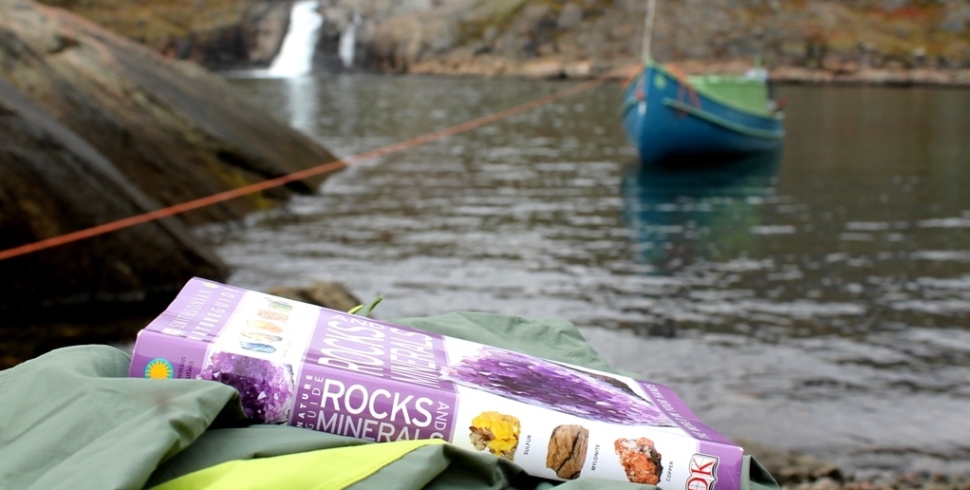






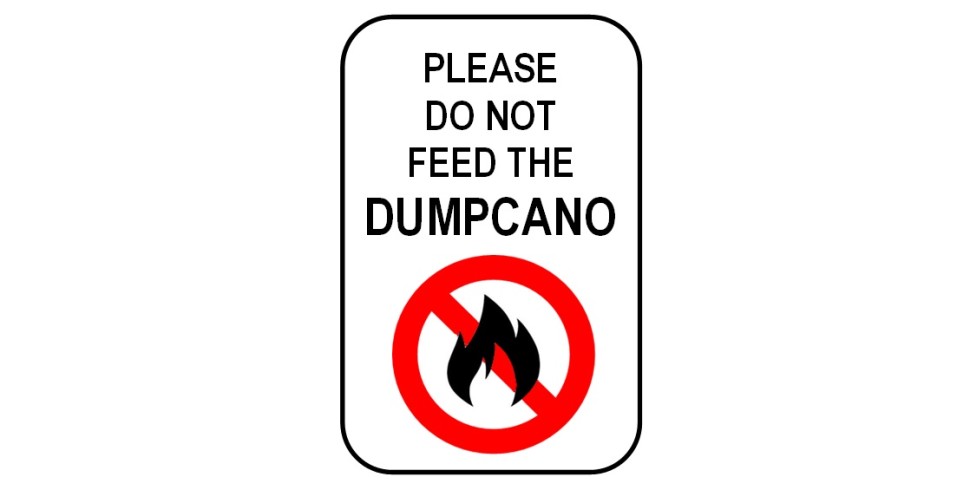



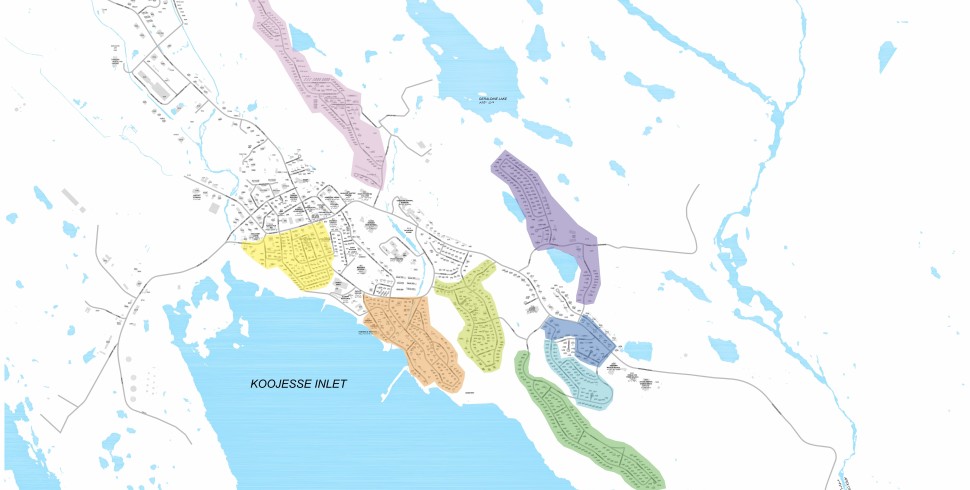

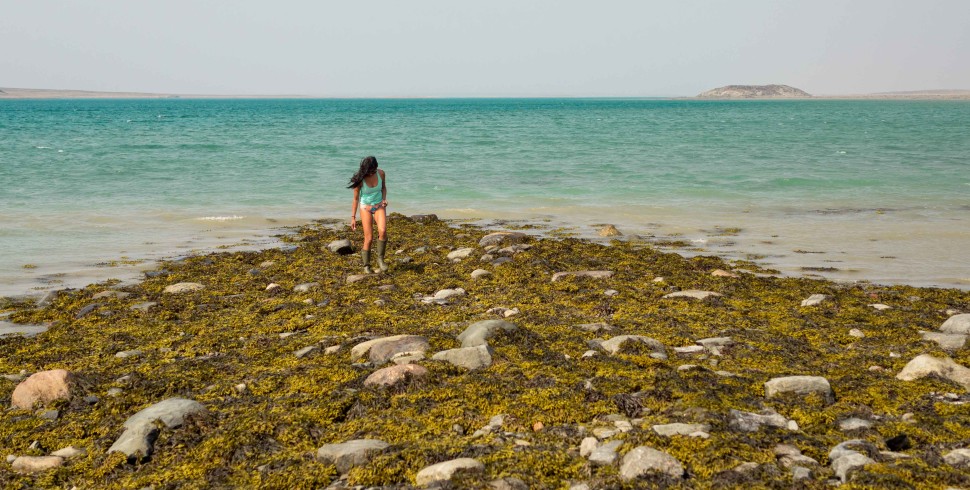
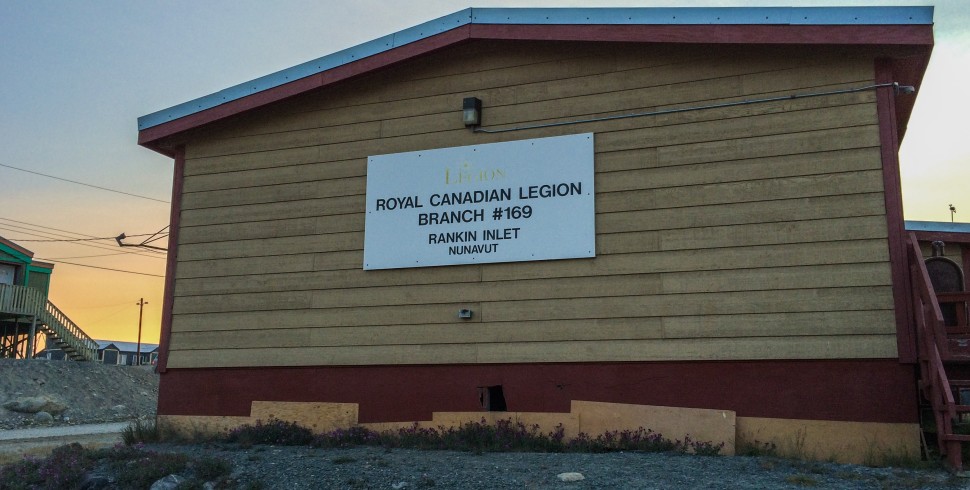
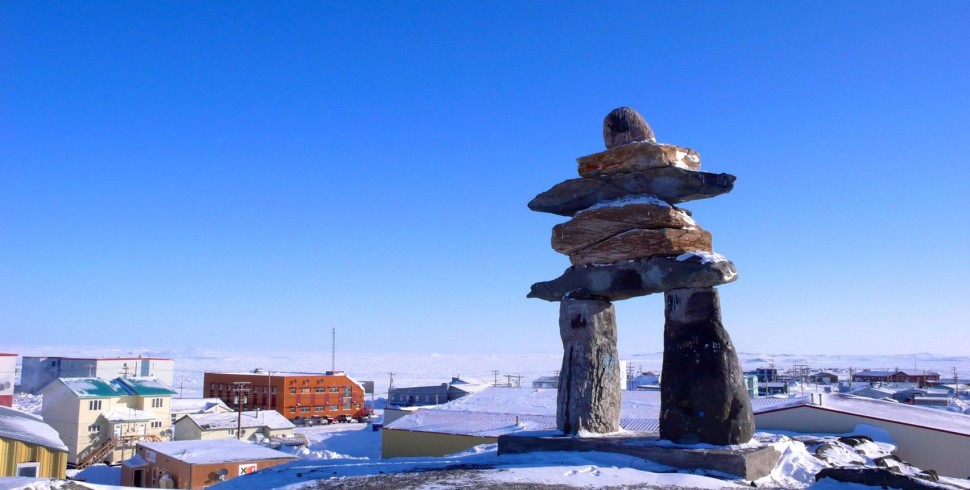
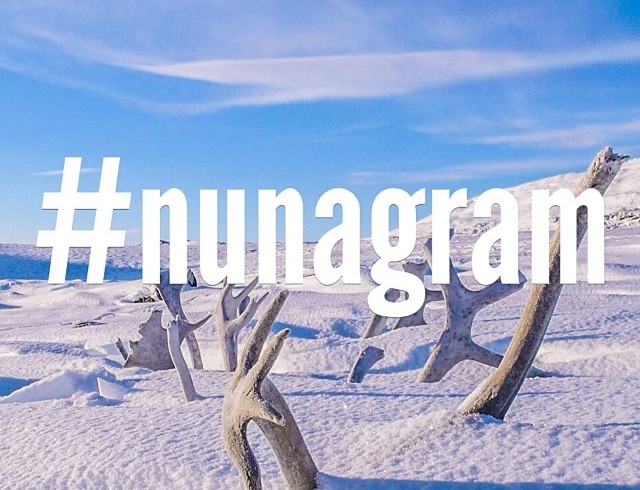





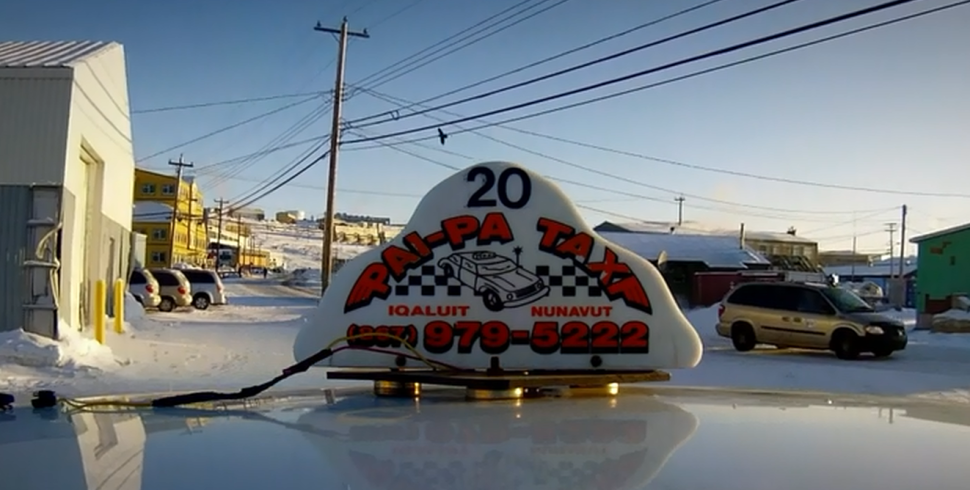

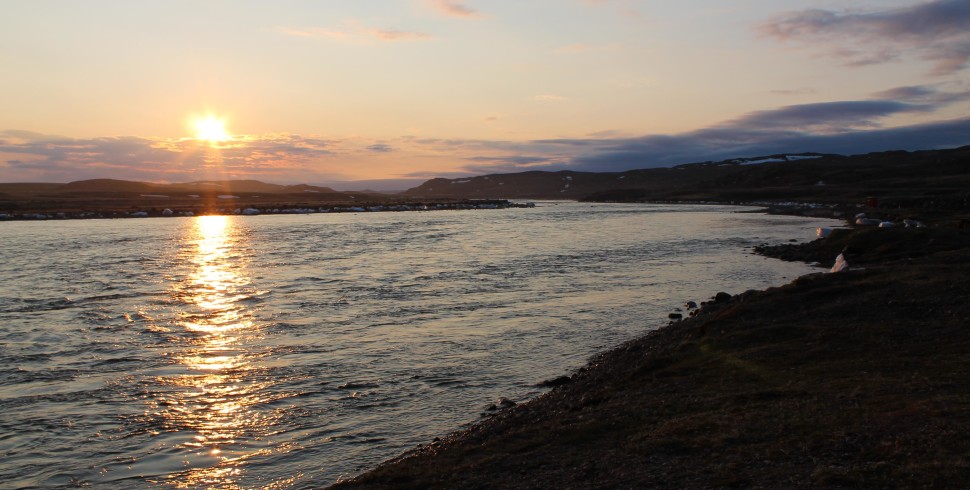

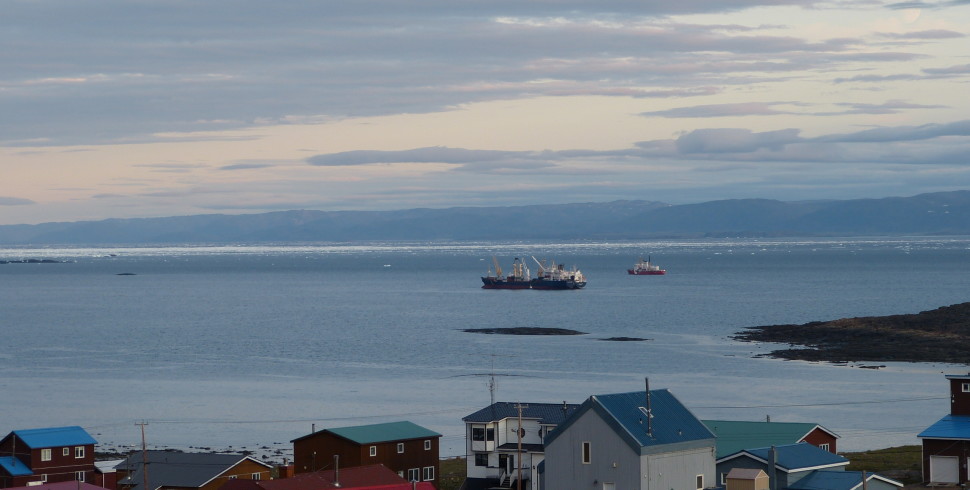
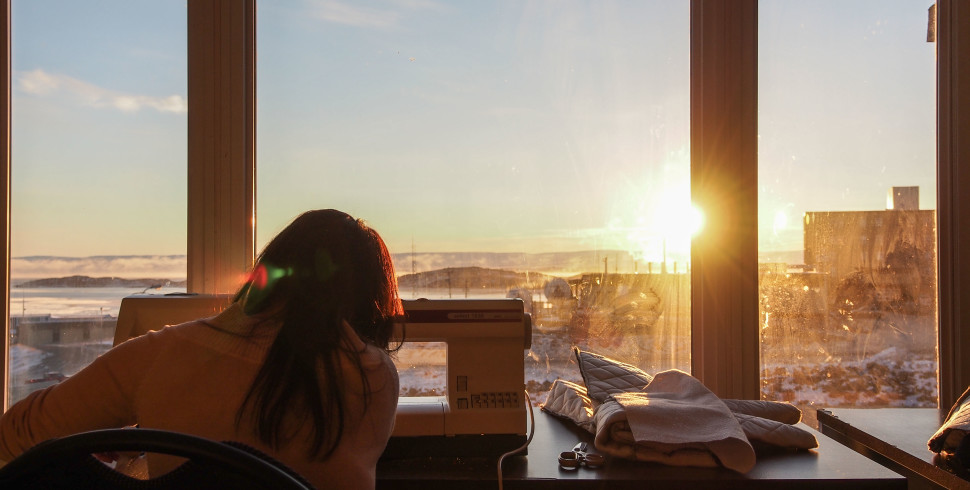
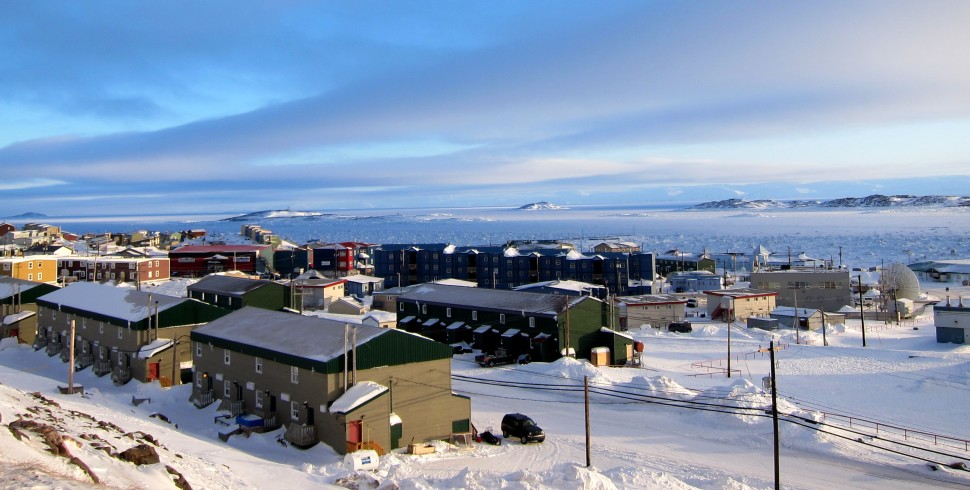

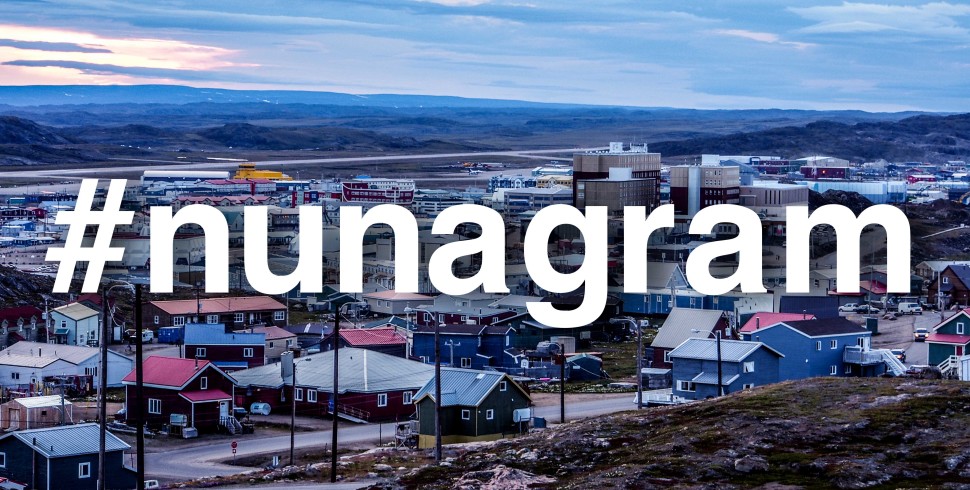

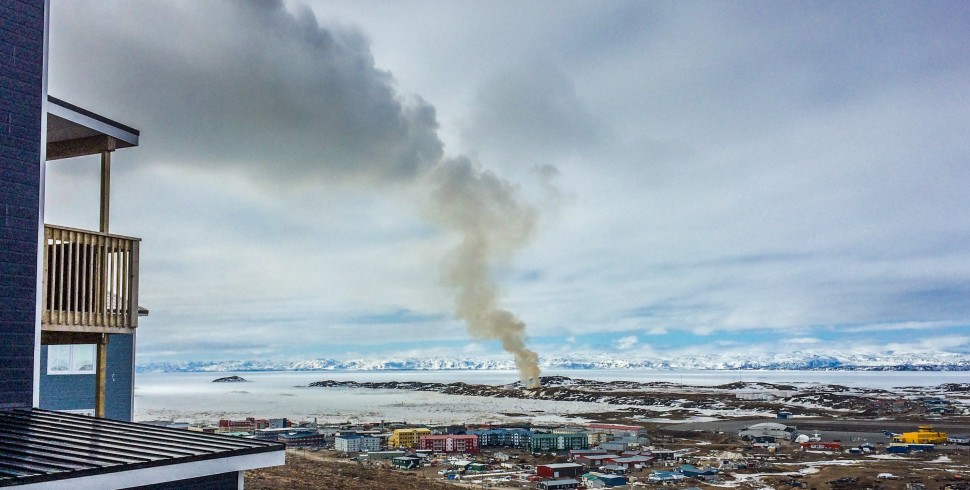



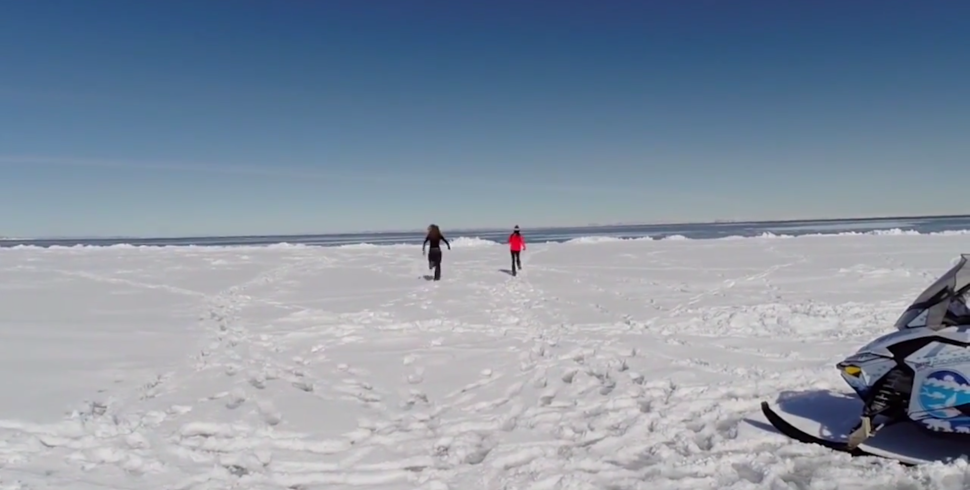





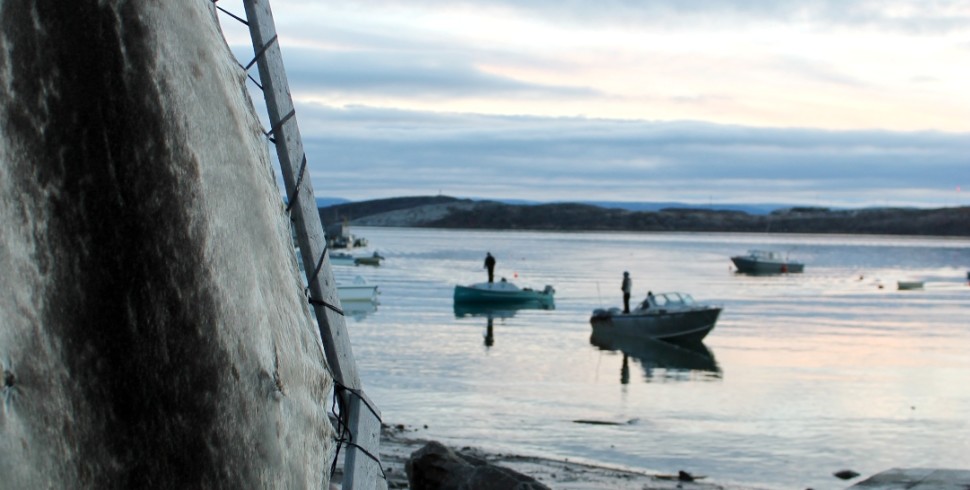

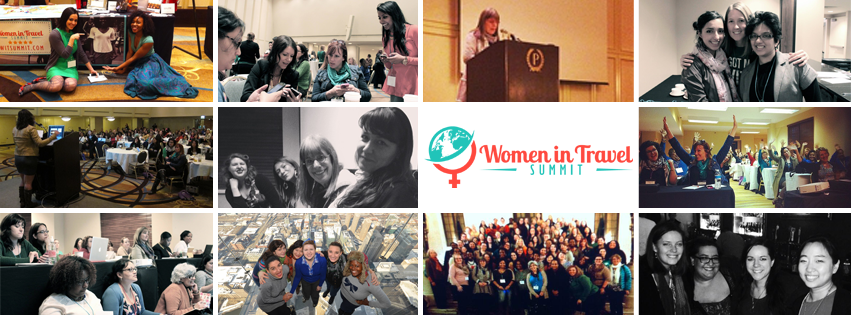







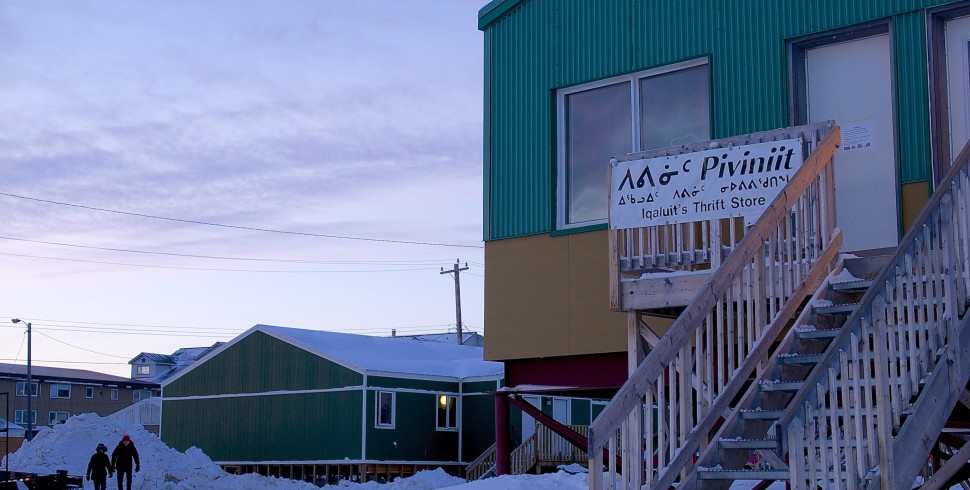

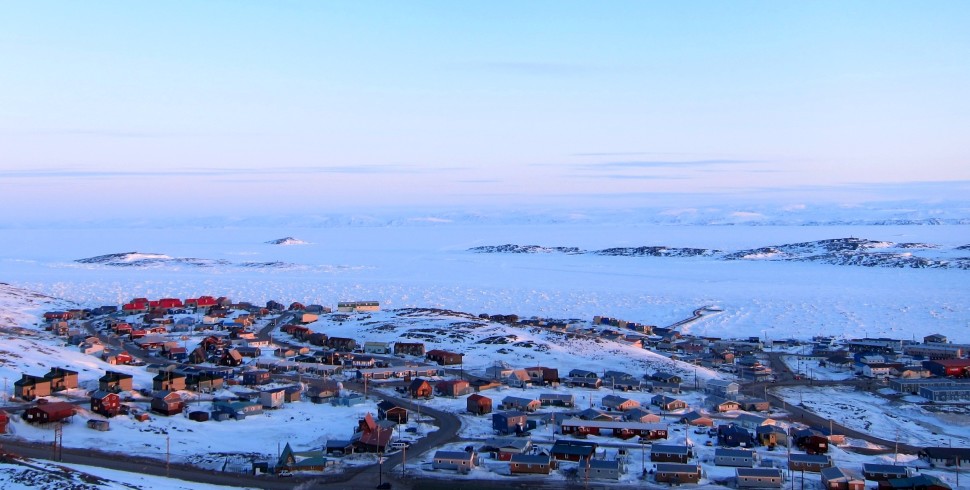

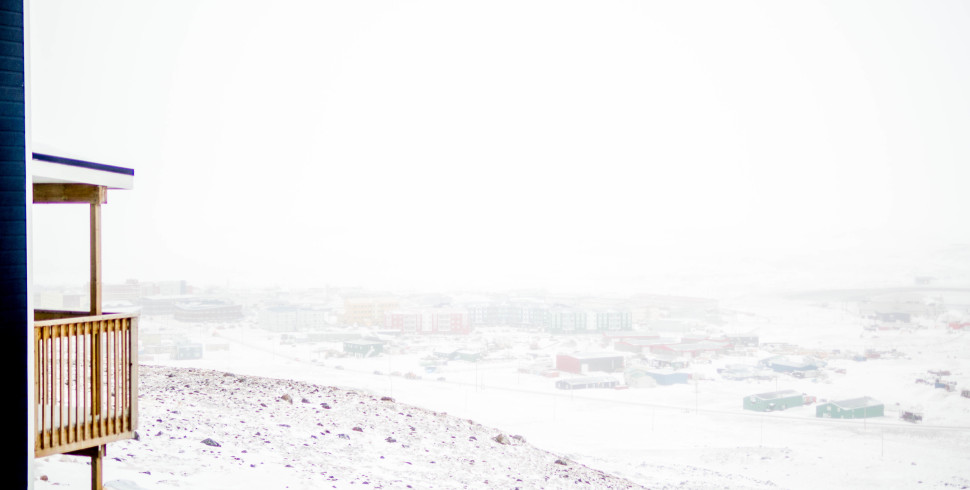
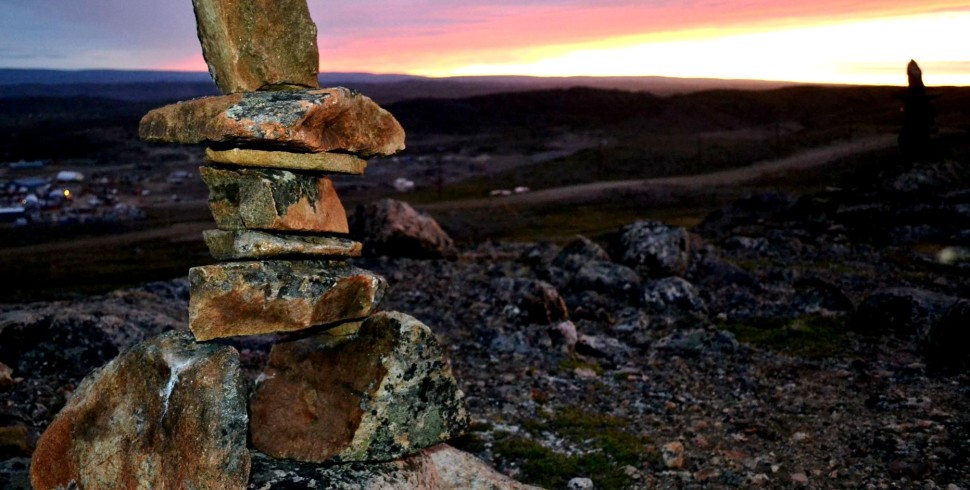


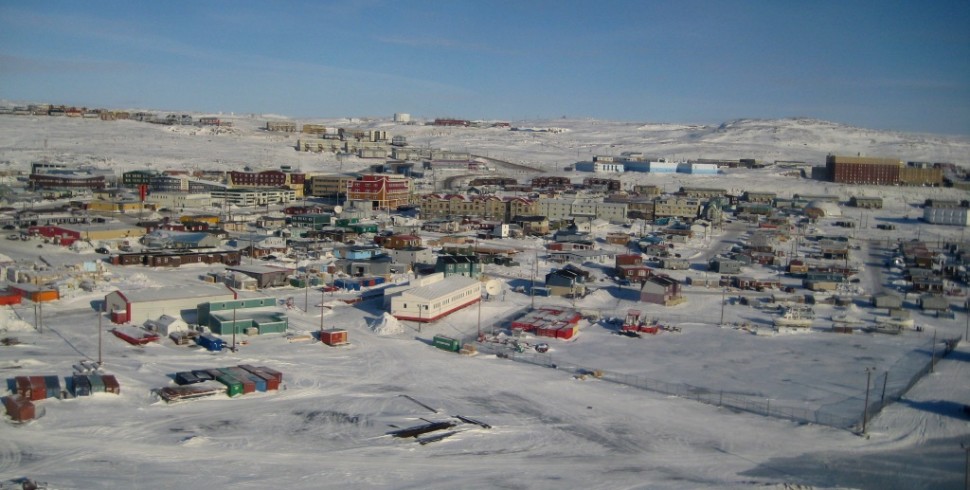


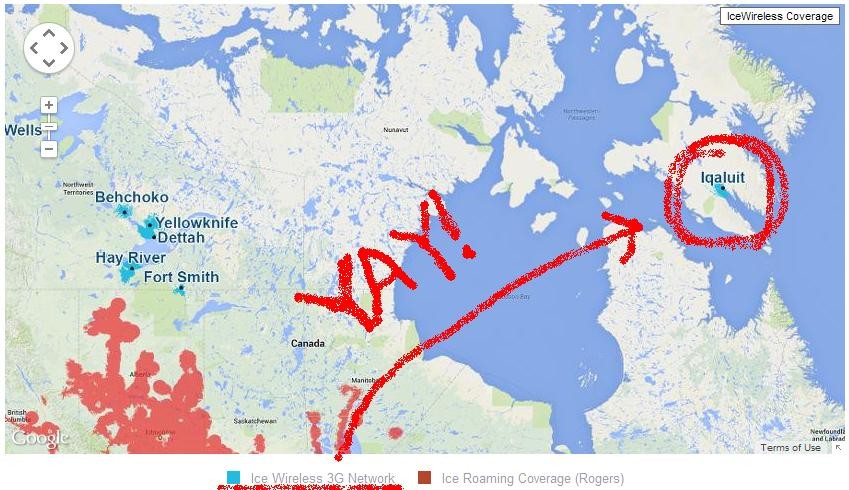




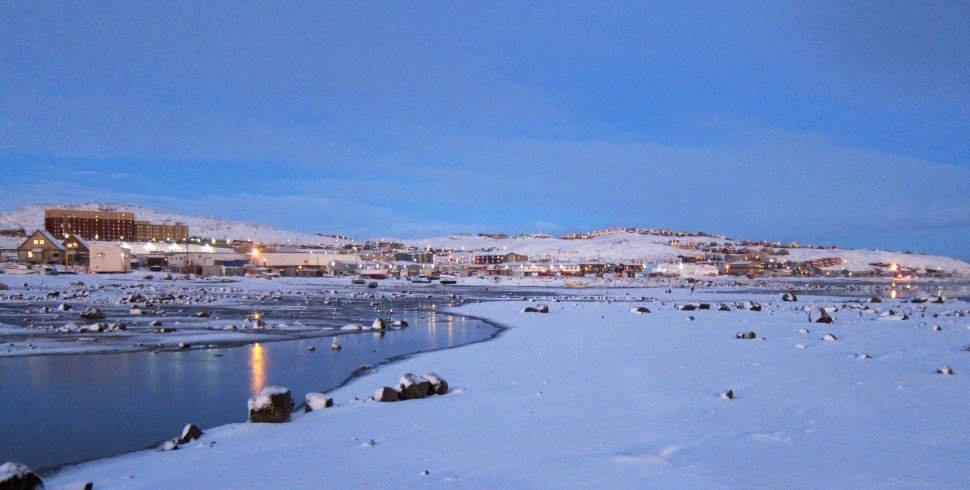
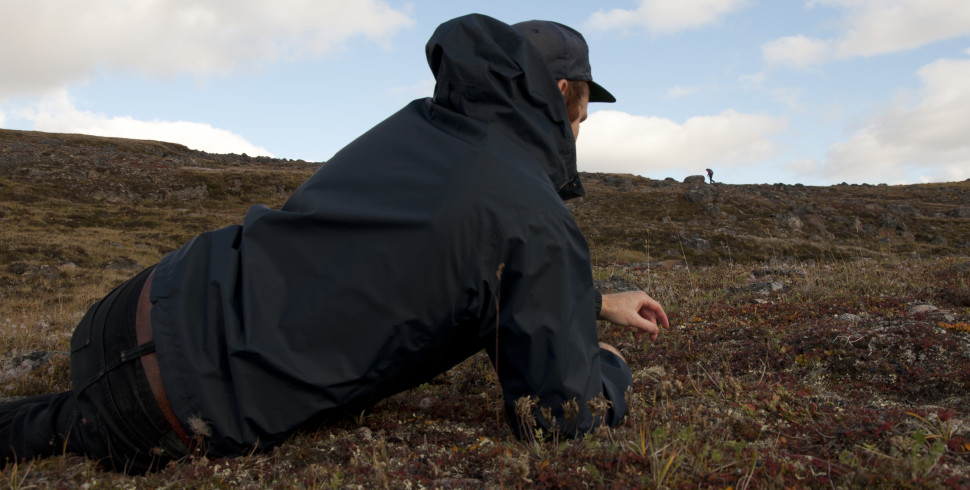
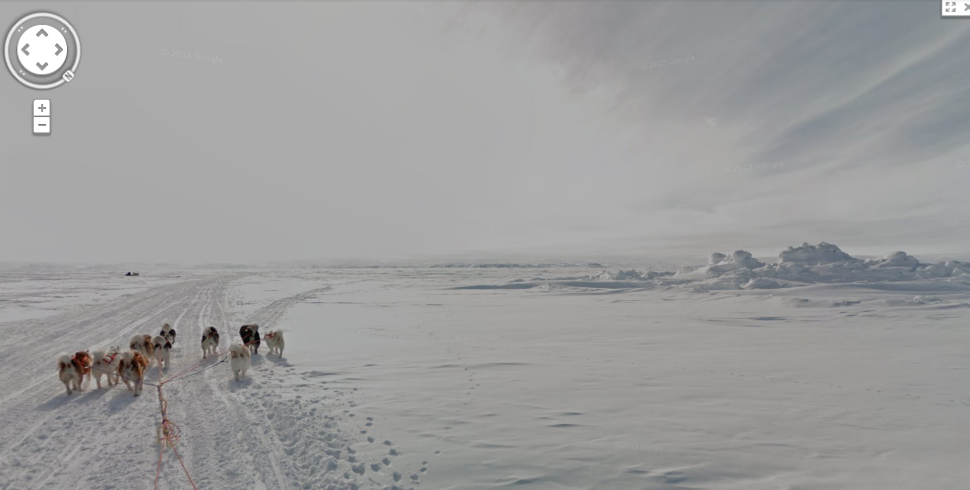

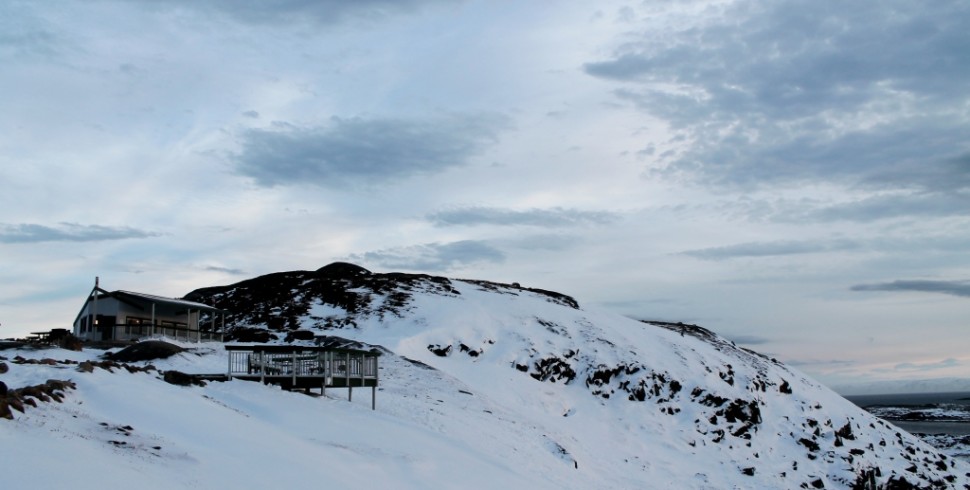





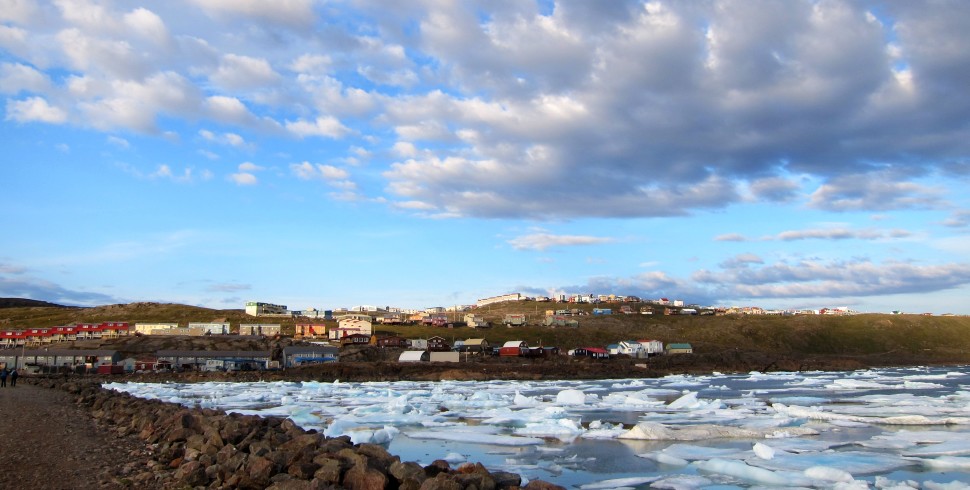

One of the things I forgot to mention on my blog post is that you can pool resources and so a sealift. So if 3-4 of you, individually, would never do one, united you could. You split the cost of shipping and still get a bunch of stuff. Yes, there are challenges. You have to be fair with splitting the shipping costs, and you have to pretty much do it all at the same time. You also have to remember who bought what. So on top of the usual organizational challenge a sealift presents, you now have a few extra ones. But you can save serious money sharing a sealift.
But your way works as well. I think one of the main reasons we do it is that we get bored with local offerings and like our comforts, which are not always available in town.
Pingback: The Most Wonderful Time of the Year | ARCTICdeco
Pingback: The Most Wonderful Time of the Year - ARCTICdeco